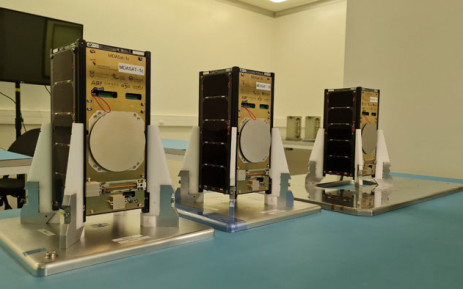As South Africa prepares to launch the first three satellites of its Maritime Domain Awareness Satellite (MDASat) constellation, Higher Education, Science, and Innovation Minister Dr Blade Nzimande says the Department of Science and Innovation’s (DSI) funding and support of the satellite construction industry is paying off.
Also Read: Alexandra Hospice in South Africa Nears Completion
The Maritime Domain Awareness satellite constellation will consist of nine operational cube satellites that will detect, identify, and track boats in near real-time to enable South African maritime domain awareness. This project is being carried out by the DSI in collaboration with the Cape Peninsula University of Technology. Three years after the launch of the most sophisticated South African nanosatellite to date, ZACube-2, as a technology demonstration for the Maritime Domain Awareness Satellite constellation, the first three satellites, the Maritime Domain Awareness Satellite 1, were launched.
As part of Operation Phakisa, ZACube-2 has provided cutting-edge very-high-frequency data exchange communication technologies to the country’s marine industry since its introduction in 2018. The DSI has committed R27 million over three years in the creation of the Maritime Domain Awareness Satellite constellation, according to Nzimande.
Launch of the MDASat-1 constellation
The launch of Maritime Domain Awareness Satellite 1 is being hailed as a watershed moment for South Africa, as it marks the first launch of a satellite constellation created wholly on the African continent. According to Nzaimande, this would solidify South Africa’s position as an African leader in tiny satellite development, allowing the country to grab a lucrative part of a niche market in the fast-growing global satellite value chain.
The three MDASat-1 satellites were launched on January 13 at 17:25 South African Standard Time from Cape Canaveral in the United States. This is the most recent projected timing. However, it may vary according to weather conditions. Nyameko Royi, the acting chief engineer on the project at Cape Peninsula University of Technology (CPUT), stated that data will be collected and transferred to CPUT’s ground station for the first three months.

